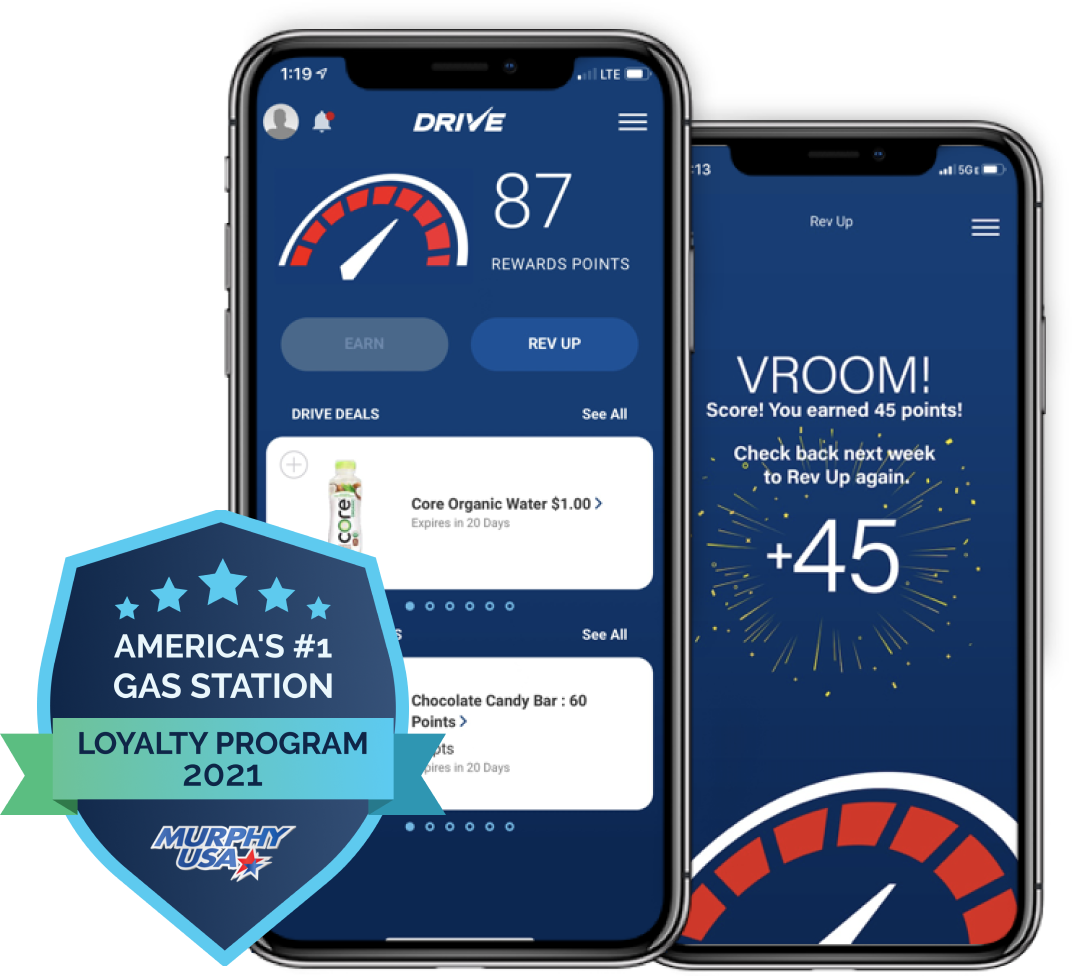The launch of the Social Business Index (SBI) was exciting enough last week; add in my first ever Austin City Limits, and you have a giant ball of awesome in a seven-day span. The fact that they occurred in the same week aren’t the only things that these two events have in common, though. I was actually witnessing the Spring of performance brand marketing and the Winter of the massive, blind brand sponsorship.
Coincidentally, I was also finishing No Logo, by Naomi Klein, which delves into both the history of branding and the, sometimes, insidious nature of brand marketing. Klein leaves no stone unturned (and no brand marketer unscathed) in her dissection of the ‘science’ of corporate branding, and sponsored concerts and festivals are addressed at several junctures. Needless to say, a good read during the week of the Social Business Index launch and Austin City Limits Music Festival.
For frame, we have two marketing practices at work today: branding – which has been around for a long, long time (see: Pompeii), and is generally considered more art than science – and performance marketing – which has been around for 15 or so years, and is more science than art. Branding, while it has been responsible for lovable characters like Aunt Jemima and Mr. Clean, is also responsible for a bazillion billboards, irritating TV commercials, and Cosmo magazines with 800 pages of advertisements. A fire-hose of images, feelings, ideas, and captured essences which result in lots of finger-crossing by marketing executives, hoping that it will result in higher brand value – and if we sell some extra paper towels along the way, all the better! Performance marketing, on the other hand, has always been about PPC, CPC, CTR, AOV, and a dozen others in the alphabet soup which actually adds up to measurable ROI.
One of the oh so tantalizing aspects of social marketing is that we’ve been lead to believe that we can derive ROI for things like ‘brand awareness,’ ‘advocacy,’ or ‘community,’ from which much frustration has spawned (from CEOs all the way down to lowly analysts counting tweets), and popular responses have been coined, to the effect of “What’s the ROI of social, you ask? Well what’s the ROI of your telephone?”, which, while somewhat valid then, are no longer acceptable as a excuse for not being able to recognize ROI from one’s efforts. This brings us to the exciting part (gosh, thanks for sticking around this long).
Thanks to this big data analytics platform which powers the SBI, we’re now able to benchmark, trend, correlate, and segment behaviors and conversations, and we attribute values to the very things that branding was meant to create – Brand Awareness, Brand Love, Brand Mindshare, Brand Advocacy – and compare those values to competitive sets, industries, and the entire Index. So while your marketing efforts on Facebook or Twitter may be designed with objectives like ‘awareness’ and ‘advocacy’ in mind, you’ll now be able to leverage the big data platform, along with the SBI and other forthcoming lenses, to arrive at benchmarks, represented through scores, to be measured over time, cross-competitor, and cross-industry. Welcome to performance brand marketing.
Back to ACL this past weekend. Brand marketing dollars that went toward sponsorships like stage names, lounge names, wifi partners, beer cozies, tee shirts, signage, etc, were completely/nearly untrackable (depending on who you talk to). Perhaps we’ll see that sales of Bud Light are higher at ACL this year over last, but we can’t tell how much brand conversation has been sparked, how much mindshare has been captured, or how many new advocates we’ve created, both compared to last ACL and to our competitive set. Now, picture all of those activities, tracked against an average of 230 million tweets per day (during the three-day festival, that would be 690 million), across an average of ~1 billion pieces of content shared on Facebook each day, (during ACL – 3 billion; easy math on that one), or the 48 hours of YouTube content uploaded every minute (during ACL – 210,000 hours). Then, take your social KPIs and attribute value to them based on your business objectives. Bud Light then has an enormous amount of data relevancy regarding their ACL sponsorship and its impact around the world. Who’s ready to dive into a new age of marketing?
For more on the SBI, register at socialbusinessindex.com.
This post originally appears on the Dachis Group Collaboratory.






